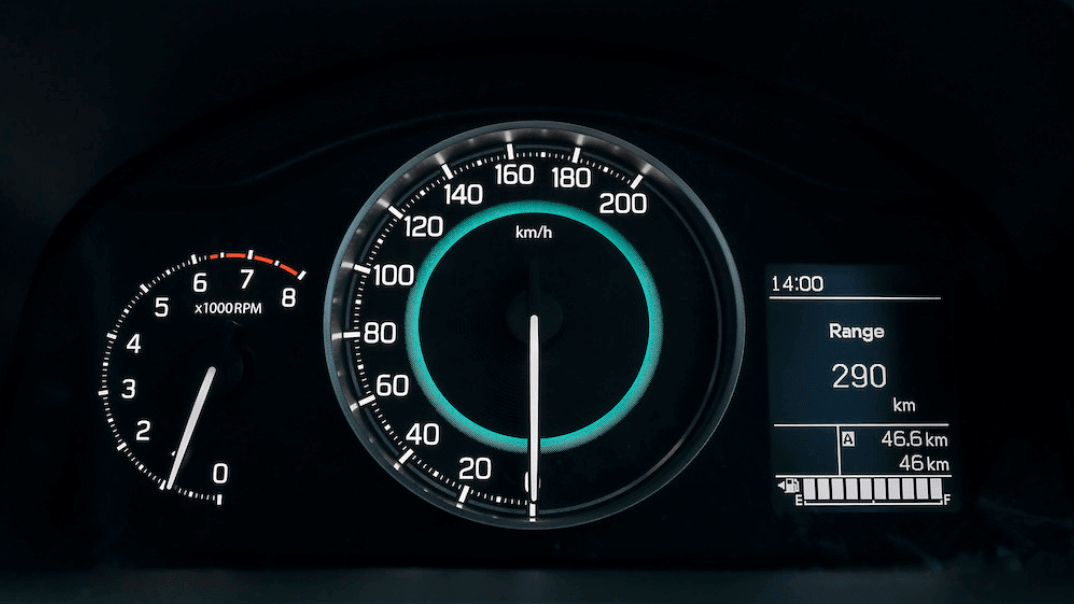 Continuing on from our previous episode on the modern exhaust Peter takes a look at two components in particular and goes into some more detail on each of them. Have a look to see which one includes a surprising liquid ingredient. Can you guess what it is?
Continuing on from our previous episode on the modern exhaust Peter takes a look at two components in particular and goes into some more detail on each of them. Have a look to see which one includes a surprising liquid ingredient. Can you guess what it is?
If you can’t watch the video, you can read the video transcription below:
Edited for clarity and readability
Welcome to Let's Talk Automotive and in the latest segment on How Things Work, we're going to continue with our theme on exhaust pipes. And in today's episode, we're going to look at two components in particular, and that is our catalytic converter and my personal favourite, is our selective catalytic reduction device, which we find predominantly on diesel engines.
So let's kick off with the catalytic converter and what it does. So in simple terms, the catalytic converter converts some of the noxious gases that we find as a result of the products of combustion, such as carbon monoxide and nitrogen oxide, and a bit of unburned hydrocarbons, and it converts these gases predominantly into harmless gasses. And the way that it does this is if you have a look at the diagram, you can see the layout of a typical catalytic converter. And if we zoom in a little bit closer on the picture of a catalytic converter, you can see it looks like a whole lot of straws that are packed together. And the reason why we do that, is so that we can maximise the surface area that we expose the exhaust gases to.
And all those surface areas are coated with platinum and that platinum reacts with the exhaust gases and makes a chemical reaction that actually reduces the oxidised elements that we find in our exhaust gasses, as I said, into harmless gasses. We also mentioned in our first segment that most of the catalytic converters that we find on European cars are in fact made right here in South Africa, so something to be quite proud of.
The second device that we're going to have a look at is predominantly found on diesel motors and it's our selective catalytic reduction device. Now, the way this works is, as the name suggests, we take the oxidised products of combustion and we reduce them back into basic components and compounds. So the way that this works, and this is why I quite like this, is that we use a particular fluid to achieve this, which is called aqueous urea, which is just a really fancy term for mammal urine. And the reason why we use that is because there's high content of ammonia that's found in mammal urine. Luckily we use a synthesised version of that, but the chemical reaction is exactly the same.
Now, what it's designed to do is to seriously reduce the amount of nitrogen oxide that is produced by a diesel motor, and it reduces it, in fact, to basic nitrogen water and a tiny amount of carbon dioxide. So the net result is that we actually have an internal combustion engine that's just about a zero-emission engine.
So those are the two components that are critical for our internal combustion engines in terms of reducing our emissions.
So that's it on how catalytic converters and selective catalytic reduction devices work and we look forward to seeing you on our next episode of How Things Work.
To watch the full episode, visit: Let's Talk Automotive Facebook Page
Want to know when the next episode is available? Sign up to get notifications straight into your inbox.


![HOW THINGS WORK: Pretensioner [VIDEO]](https://blog.suzukiauto.co.za/hubfs/Blue%20Suzuki%20Vitara%20.png)
![HOW THINGS WORK: Exhaust [VIDEO]](https://blog.suzukiauto.co.za/hubfs/S-Presso%20Interior.png)